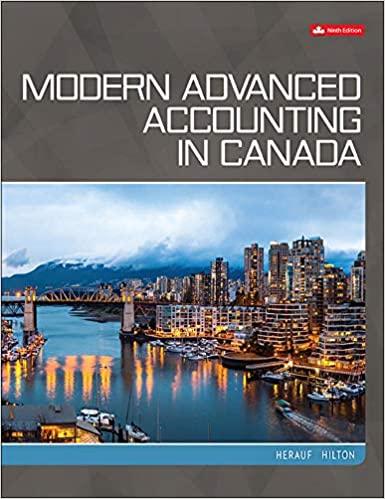Jaguar Land Rover Automotive PLC (JLR) is a maker of luxury autos based in Coventry, United Kingdom. JLR uses IFRS and has a fiscal year-end of March 31. You have been asked to use your knowledge of IFRS to convert key metrics for the company to a U.S. GAAP basis. For simplicity, you may assume that the only material differences between JLR's as-reported numbers and those it would report under U.S. GAAP are traceable to its policy of capitalizing development costs.
Internally Generated Intangible Assets (from Footnote 2, Accounting Policies)
Research costs are charged to the consolidated income statement in the year in which they are incurred.
Product development costs incurred on new vehicle platforms, engines, transmission and new products are recognised as intangible assets?when feasibility has been established, the Group has committed technical, financial and other resources to complete the development and it is probable that the asset will generate future economic benefits.
The costs capitalised include the cost of materials, direct labour and directly attributable overhead expenditure incurred up to the date the asset is available for use.
Interest cost incurred is capitalised up to the date the asset is ready for its intended use, based on borrowings incurred specifically for financing the asset or the weighted average rate of all other borrowings, if no specific borrowings have been incurred for the asset.
Product development cost is amortised over a period of between two and ten years.
Capitalised development expenditure is measured at cost less accumulated amortisation and accumulated impairment loss, if any. Amortisation is not recorded on product development in progress until development is complete.
Research and Development (from Footnote 11) ntangible Assets (selections from Footnote 18) 2017 (E Year ended 31 March millions) Total research and development costs incurred .............................................. 1,794 Research and development expensed .................................................... (368) Devei0pment costs capitalized ......................................................... 1,426 Product Capitalized Development Product Cost in Progress Development (E millions) (E millions) Balance at 31 March 2016 .............................................. Additionsinternally deveIOped .......................................... Transfers .......................................................... DiSposals .......................................................... Balance at 31 March 2017 .............................................. Amortization ........................................................ Balance at 31 March 2016 .............................................. Amortization for the year ............................................... DiSposals .......................................................... Balance at 31 March 2017 .............................................. Net book value at 31 March 2017 ......................................... 1,539 1,426 (809) 2,156 2,156 4,525 809 (138) 5,196 1,635 769 (138) 2,266 2,930 As Reported (IFRS) (E U.S. millions) GAAP Profit before tax . . . 1,610 Net profit (after tax) 1,272 Total assets 10,962 Shareholders' equity 6,581 Operating cash flow 3, 160 Capital expenditures* 3,056 both PPE and intangibles.EXHIBIT 4.4 The Financial Statement Effects of Capitalized Development Costs in the German Auto Industry Monetary Amounts Stated in E Millions BMW Daimler Volkswagen R&D expenditure 5, 164 7,572 13,672 Less: Capitalized development costs . . . . . . . . . (2,092) (2,315) (5,750) Capitalization ratio in % 40.5% 30.6% 42. 1% Plus: Amortization of capitalized development costs . . . .. . . . . . . . . . 1,222 1,280 3,587 R&D expenses as reported under IFRS . 4.294 6,537 11,509 Income statement effects in 2016: Operating profit as reported under IFRS 9,386 12, 113 7, 103 Less: Profit attributable to capitalization . . . . . (870) (1,035) (2, 163) Operating profit under 100% expensing . 8,516 11,078 4,940 Increase (%) in operating profit under IFRS . . . . . 10.2% 9.3% 43.8% Balance sheet effects on Dec. 31, 2016: Capitalized development costs, net . 7,221 8,827 19,572 Percentage of identifiable intangible assets . 92.7% 80.9% 50.1% Equity as reported under IFRS 47,363 59, 133 92,910 Less: Equity attributable to capitalization* . . . . (5,067) (6, 194) (13, 735) Equity under 100% expensing . ... 42.296 52,939 79, 175 Increase (%) in equity over 100% expensing . . . . .. 12.0% 11.7% 17.3% Cash flow statement effects in 2016: Net capital expenditure under IFRS . 5,813 8,467 18,551 % of which: Capitalized development costs 36.0% 27.3% 31.0% Operating cash flow under IFRS . 3, 173 3, 711 9,430 Less: Capitalized development costs . (2,092) (2,315) (5,750) Operating cash flow under 100% expensing . 1,081 1,396 3,680 Percent increase over 100% expensing 193.5% 165.8% 156.3%









